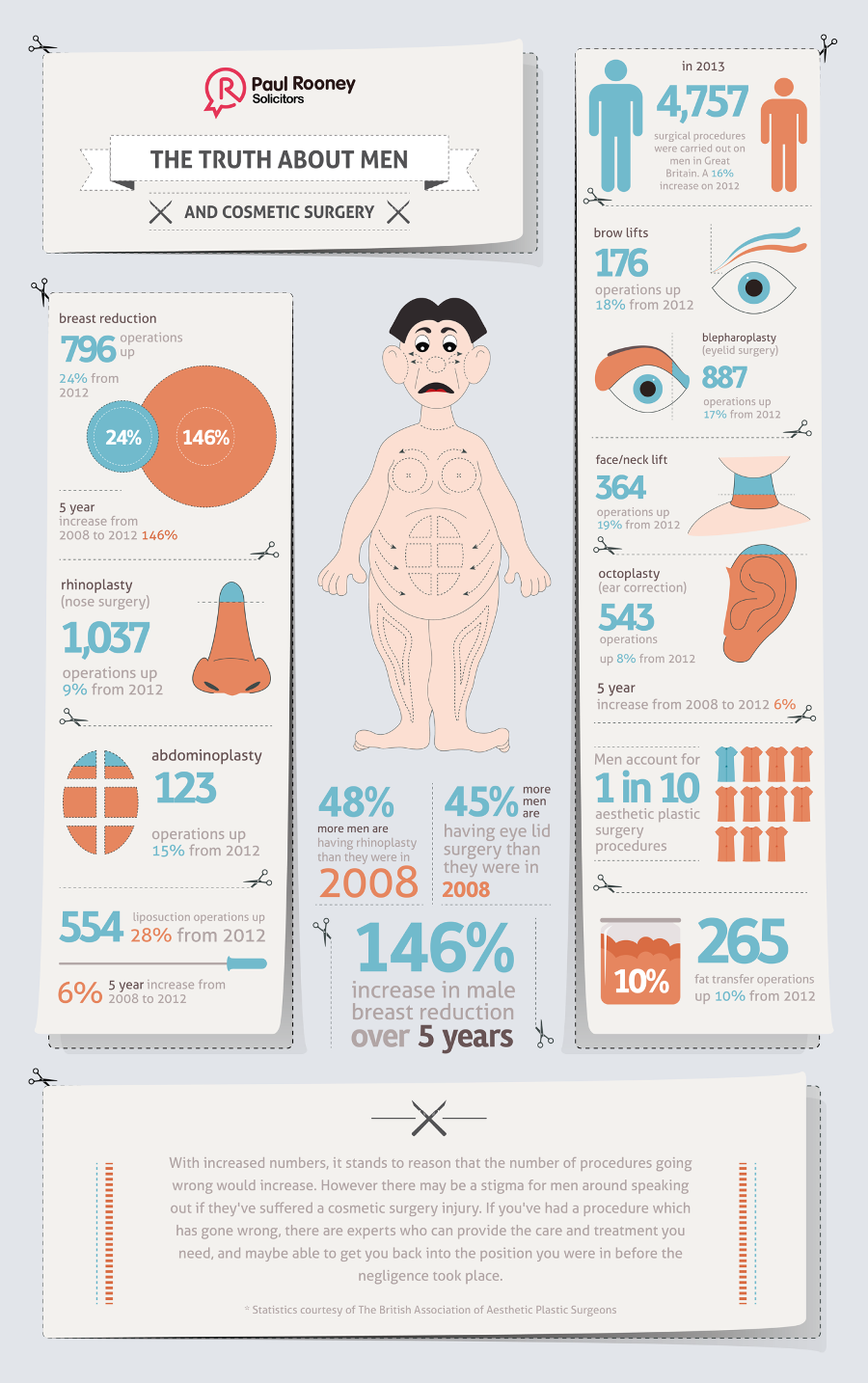Therapy Options For Acne Related Distress
Therapy Options For Acne Related Distress
Blog Article
Hormonal Acne - What is Hormone Acne?
Hormone acne is defined by stopped up pores and oily skin that normally appears on the chin and jawline. It occurs when hormone modifications set off inflammation and microbial overgrowth within hair roots.
Breakouts might look like whiteheads, blackheads, papules or pustules and cysts or blemishes in extra severe cases. It is much more typical in teens undergoing adolescence yet can influence grownups of any kind of age.
What Creates Hormone Acne?
While acne can be caused by a variety of elements, including using hair and skin care products that aren't oil-free or made with components that might block pores, genetic tendency, diet plan,2 and anxiety, the root cause is varying hormones. Hormonal acne happens when the body experiences hormonal modifications and changes that result in an overproduction of sebum, which triggers inflammation, enhanced growth of bacteria and changes in skin cell activity.
Hormonal acne is frequently found on the lower jawline, cheeks and neck but can appear anywhere on the body. It is characterized by blemishes that are cystic, unpleasant and filled with pus or other product. It is additionally more probable to take place in ladies than guys, particularly during puberty, the menstrual cycle, pregnancy or menopause.
Age
While many children experience acne at some time throughout adolescence, it can remain to afflict adults well into the adult years. Called hormone acne, this type of breakout is tied to variations in hormonal agents and is normally most typical in women.
Hormonal acne takes place when oil glands generate way too much sebum, which blocks pores and catches dead skin cells. This brings about the development of acnes, such as whiteheads, blackheads and papules, pustules, cysts or nodules, deep under the surface.
This type of blemish often creates discomfort, inflammation and inflammation. It may also be intermittent and show up around the very same time every month, such as right prior to your duration starts. This is because degrees of women hormones like progesterone and oestrogen vary with each menstrual cycle.
Menstrual Cycle
Hormone acne commonly shows up in the lower part of your face, along the jawline and cheeks, as whiteheads, blackheads or inflammatory pimples (acnes and cysts). It's probably to appear around the moment when your menstrual cycle changes.
Specifically around ovulation, when estrogen and progesterone degrees are on the surge, hormone variations can trigger breakouts. But it's additionally feasible to get acne at any factor during your 28-day menstrual cycle.
If you see that your hormone acne flare right before your duration, attempt discovering when exactly this takes place and see if it associates with the phases of your 28-day menstrual cycle. This will certainly assist you pinpoint the root causes of your skin troubles. As an example, you might wish to service balancing your blood sugar level and eliminating high-sugar foods, or think about a prescription medicine like spironolactone that can regulate your hormonal agents.
Pregnancy
Expanding an infant is a time of significant hormone changes. For several ladies, this consists of a flare-up of hormone acne. This kind of outbreak normally begins in the initial trimester, around week six. It's caused by hormonal agent surges that boost sebaceous glands to make more oil, which can clog pores and trigger more germs to accumulate.
Breakouts might likewise occur as a result of pre-existing problems like polycystic ovary syndrome, which can likewise be an issue while pregnant and menopause. Also, some sorts of birth control pills (such as Ortho Tri-Cyclen and YAZ) can trigger hormone acne in some ladies.
Thankfully, many acne therapies are "no-go" for expecting females (including preferred acne-fighting components such as isotretinoin and spironolactone). Yet if you can't stay clear website of those bothersome bumps, your doctor might prescribe dental erythromycin or cephalexin, which are safe while pregnant.
Menopause
As women come close to menopause, the estrogen levels that triggered their hormonal agent acne to flare up during the age of puberty begin to maintain and reduce. At the same time, nonetheless, a spike in androgens (also called male hormones) happens due to the fact that these hormones can not be exchanged estrogen as successfully as before.
The extra of androgens can cause oil production by the sweat glands, which clogs pores. When the blocked pores come to be inflamed and irritated, an acne forms.
Hormone acne is normally seen on the face, particularly around the chin and jawline, yet it can happen on the neck, back, shoulders, or chest. This kind of acne often tends to flare in a cyclical pattern, comparable to the menstrual cycle. Stress and anxiety, which increases cortisol and throws hormonal agents out of balance, also adds to the outbreaks.